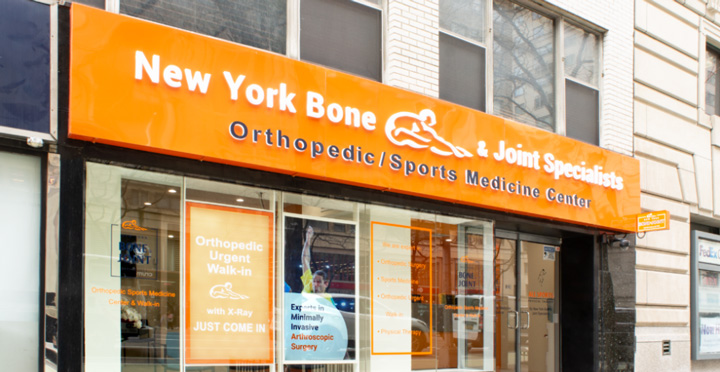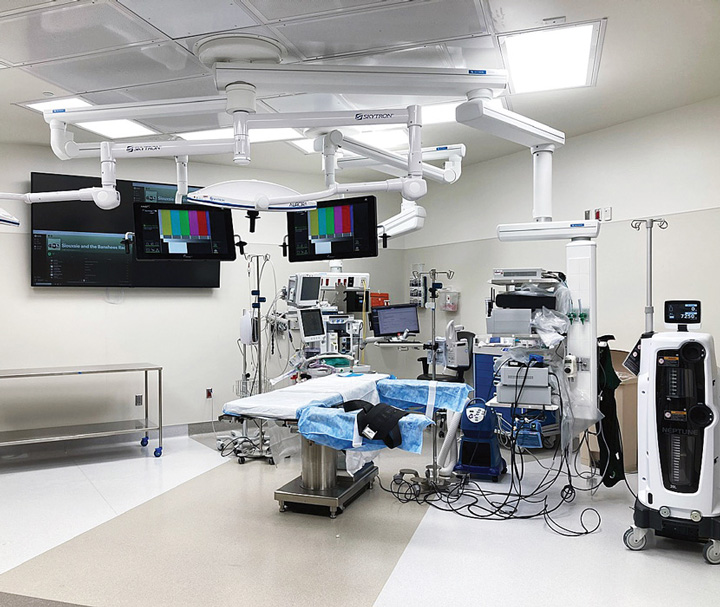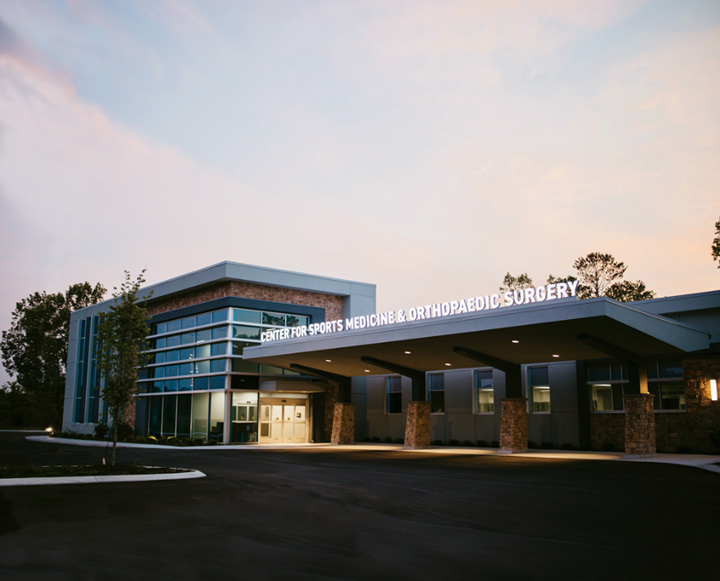For ASCs and physician groups, redirecting injured patients away from ERs to their own centers can build volume, brand equity and, potentially, profit.
 CITY STOREFRONT New York Bone & Joint Specialists’ recently opened Orthopedic Urgent & Sports Medicine Walk-In on Manhattan’s Upper East Side offers patients prompt care for their orthopedic injuries without an appointment. | New York Bone & Joint Specialists
CITY STOREFRONT New York Bone & Joint Specialists’ recently opened Orthopedic Urgent & Sports Medicine Walk-In on Manhattan’s Upper East Side offers patients prompt care for their orthopedic injuries without an appointment. | New York Bone & Joint Specialists
“Say goodbye to endless waits in the emergency room — New Yorkers now have a fast solution for their urgent orthopedic needs at our Orthopedic Urgent & Sports Medicine Walk-In, conveniently located at 1198 Third Avenue on the Upper East Side.”
That’s the pitch on the website of New York Bone & Joint Specialists (NYBJS), which operates multiple full-service orthopedic surgery and sports medicine centers. As a growing number of orthopedic physician groups and ASCs nationwide have found, the concept of enabling patients to access acute orthopedic services at their practice’s own urgent care center instead of a hospital emergency room makes sense for the patient, the practice and the healthcare system.
“Injuries can happen anytime, anywhere, whether you're engaged in sports or everyday activities,” says NYBJS Co-founder Leon Popovitz, MD. “When people get injured or hurt, they deserve immediate attention.”
NYBJS’ Orthopedic Urgent Walk-In Clinic boasts a specialized team that treats patients with sports injuries, orthopedic injuries, joint conditions or “any ailments that require urgent orthopedic care.” Touted as Manhattan’s first ortho urgent care facility, it’s part of NYBJS’ newest “storefront” full-service Orthopedic and Sports Medicine Center — the practice’s third in Manhattan.
For ortho ASCs, opening their own urgent care facilities is an enticing way to expand their footprint and volume while growing their brand and value proposition in their communities. Consider the marketing power of NYBJS’ message when the facility’s opening was announced in January: “No other urgent care in Manhattan offers immediate access to an orthopedic specialist. Instead, all other urgent cares will give out a referral to an orthopedic doctor that requires making an appointment for a later date and yet another appointment.”
The value proposition of an orthopedic urgent care is crystal clear to healthcare consumers, who have readily embraced these facilities for other medical purposes: It’s less time, money and aggravation for patients who simply want their acute injuries treated promptly and effectively. For the practice, it’s a great way to funnel new patients who might require surgery to one of their ASCs.
As the healthcare system continues to adapt and evolve, the ortho urgent care concept could enable forward-thinking physician-owned ASCs to reap significant benefits while expanding their patient population.
.svg?sfvrsn=be606e78_3)



.svg?sfvrsn=56b2f850_5)